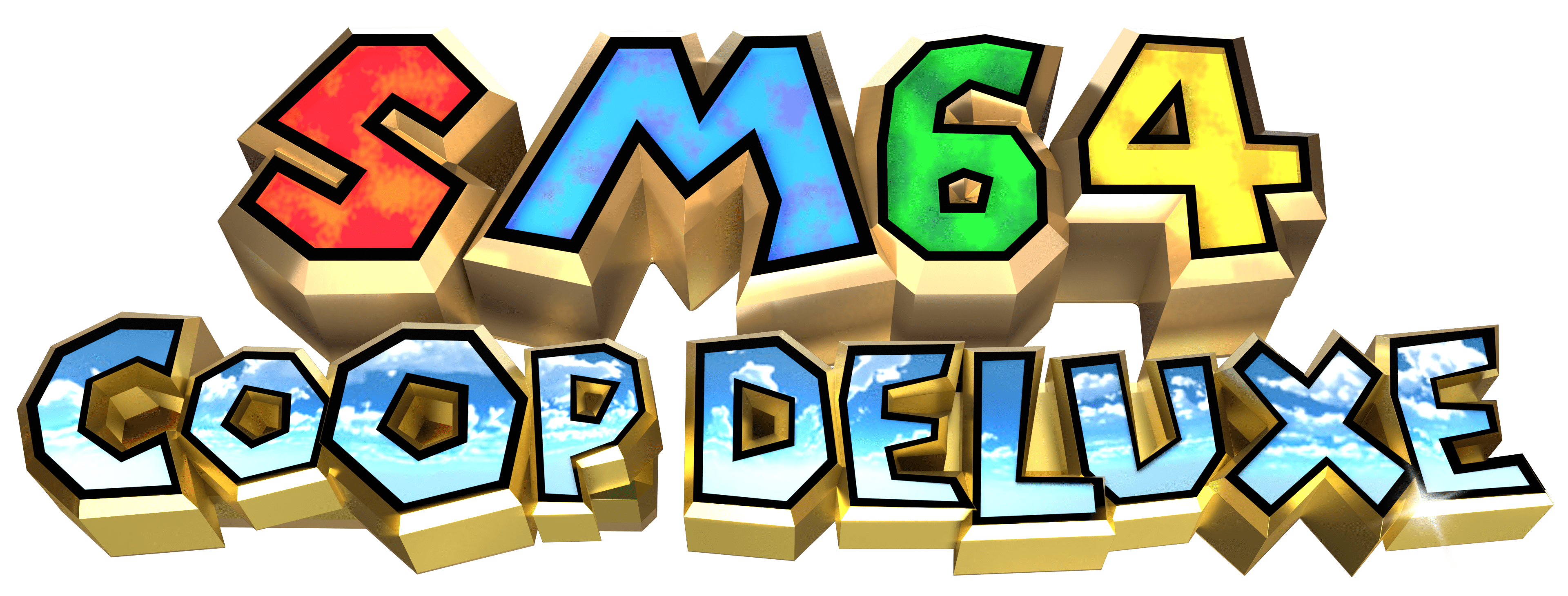In the same spirit as my earlier thread about Lua movesets (Custom Lua Moveset - Where To Start?), I'm looking for guidance on where to start with custom meshes and animations loaded through Lua.
The difference between this thread and the last one is that, to my knowledge, the tools to write custom mesh files and animation data is through Blender, and unlike Lua I'm actually extremely experienced in Blender. As such, here's all I need to know:
- Where to get this Blender add-on (if all this is indeed done through Blender)
- The basic requirements for an export from the add-on to be considered valid mesh and/or animation data in Co-Op DX and maybe some usage information for the add-on
- How to interface with the mesh and/or animation data through Lua once exported
Much like the thread linked at the start of this post, I will top-up this thread with any strife I experience in accomplishing the things I am yet to know.
I've also done a bit of digging in existing Co-Op DX mods for information pertaining to the questions of this thread already, however it's pretty hard to make anything of them other than answering a bit of my question about Lua interfacing.
Thanks for reading!
The difference between this thread and the last one is that, to my knowledge, the tools to write custom mesh files and animation data is through Blender, and unlike Lua I'm actually extremely experienced in Blender. As such, here's all I need to know:
- Where to get this Blender add-on (if all this is indeed done through Blender)
- The basic requirements for an export from the add-on to be considered valid mesh and/or animation data in Co-Op DX and maybe some usage information for the add-on
- How to interface with the mesh and/or animation data through Lua once exported
Much like the thread linked at the start of this post, I will top-up this thread with any strife I experience in accomplishing the things I am yet to know.
I've also done a bit of digging in existing Co-Op DX mods for information pertaining to the questions of this thread already, however it's pretty hard to make anything of them other than answering a bit of my question about Lua interfacing.
Thanks for reading!
















